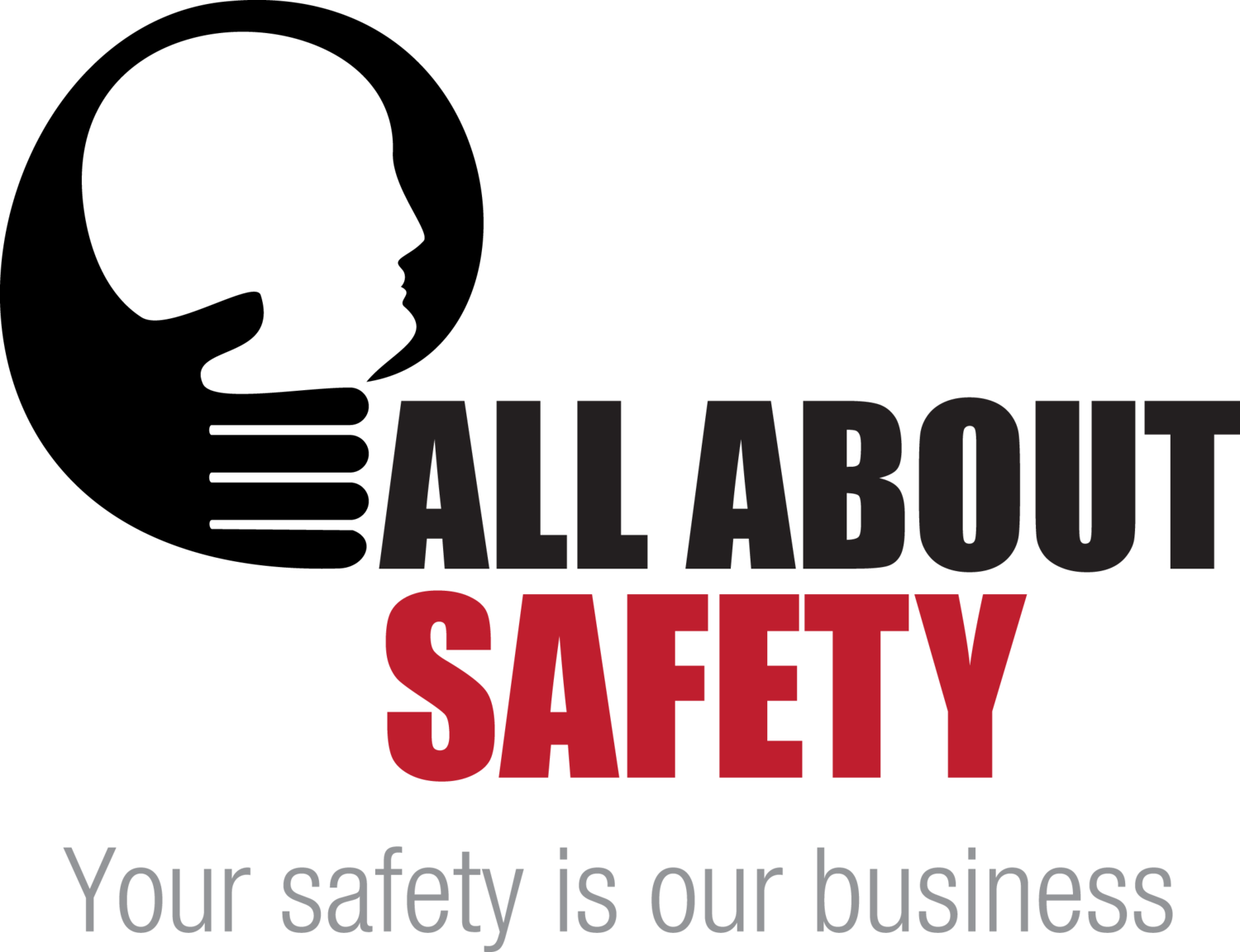Safety at Work – The Benefits of Having WHS Systems in Place
Any workplace needs to have a Work Health and Safety (WHS) system in place to ensure the well being of its staff and comply with legislation. This involves assessing the risks and dangers within a work place and implementing strategies to minimize them. Where operations have a higher risk level, for example, construction, engineering, mining and energy related companies, the detail of their WHS systems will be far greater.
With safety standards in place, implementing any changes or additions becomes easier. From owners and operators to all employees, everyone has a role to play in implementing the WHS system in that workplace.
This ensures that nobody is exposed to any unnecessary risk and protects the organisation from breaches of legislation that might lead to legal action. Every business has a unique set of standards to ensure the safety of its workers. These vary depending on the nature of the job and extent of exposure to risk.
By having risk management documents disseminated throughout the organisation via the system, managers can easily access information and templates as well as adding completed documents.
A Work Health and Safety system require continual reviewing so Managers can uphold standards and improve safety conditions.
By continually reviewing the components of the Work Health and Safety system, it will be possible to identify new hazards and conflicting instructions that could cause illness or injury. A good Work Health and Safety system will effectively keep employees involved. Taking on board their suggestions and ideas to help improve the WHS system will increase employee engagement and safety awareness. This is an aspect of best practice management that is often ignored.
Whilst is a legal obligation to provide a safe work environment It is also statistically proven that a proper Work Health and Safety system provides better productivity, employee retention and profitability.
